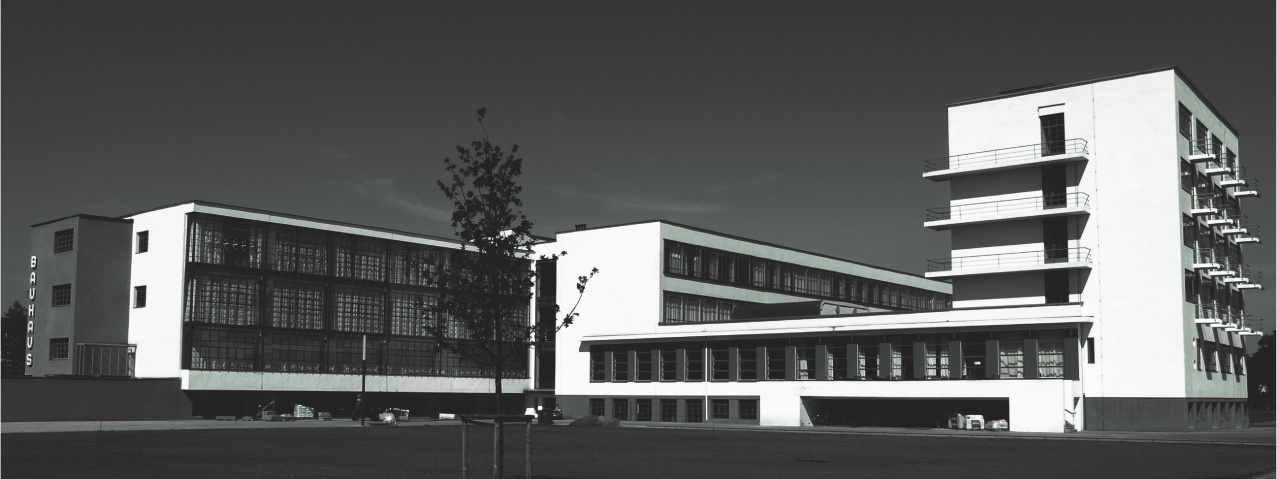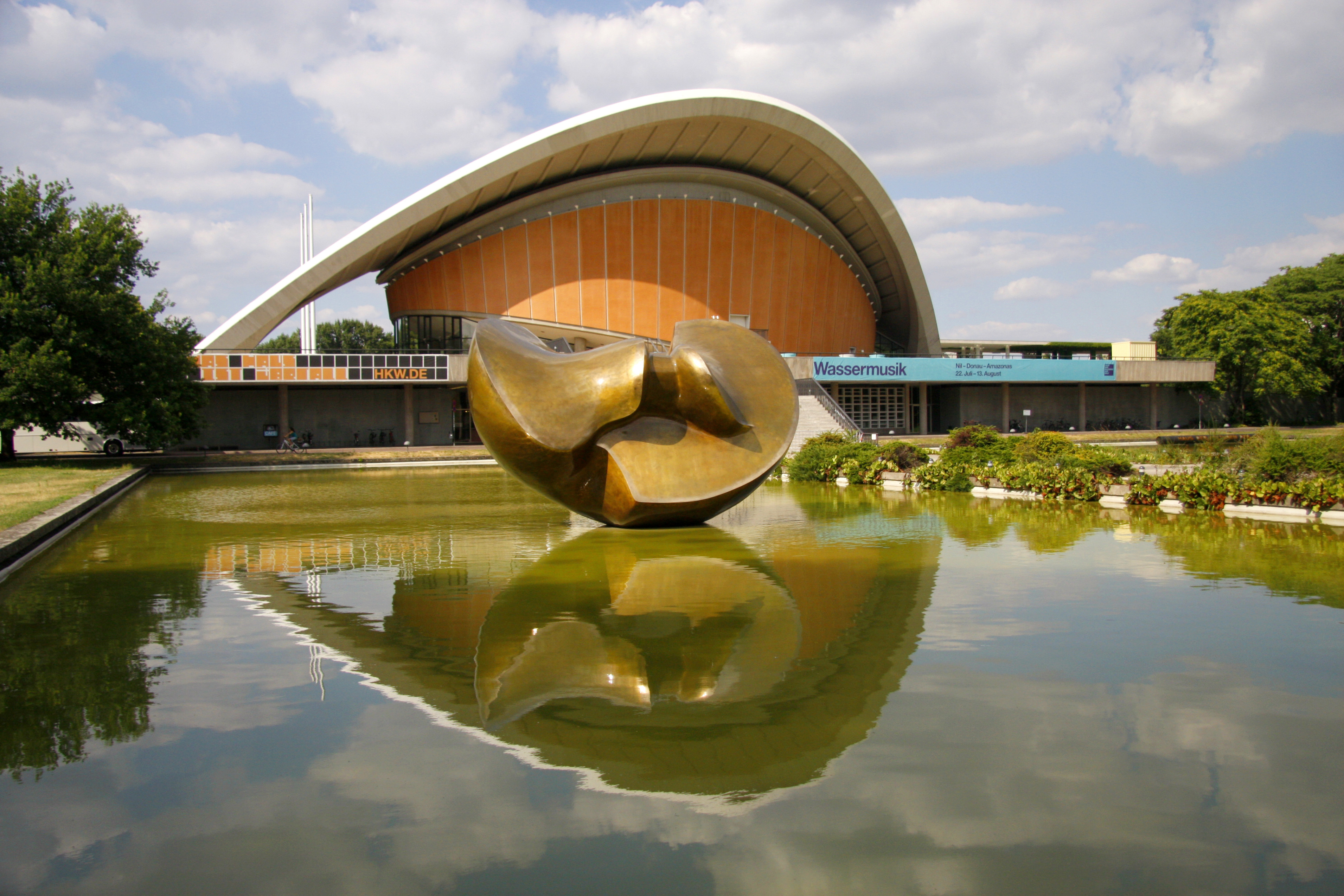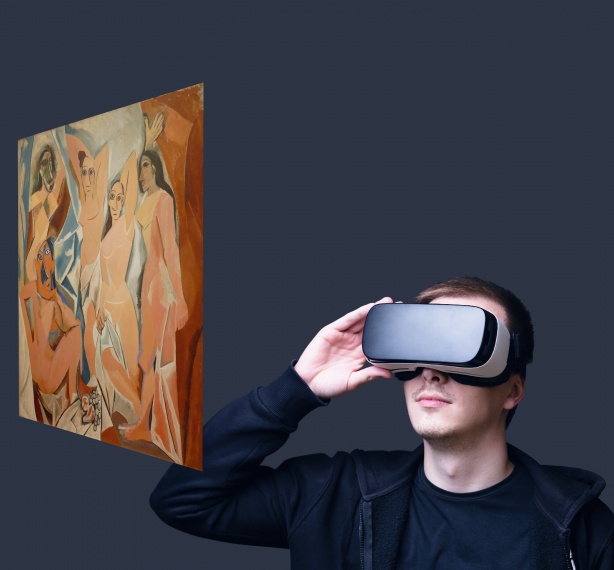The school of design that shaped the world we live in

2019 marks the centenary of the 20th century’s most influential design school, the Bauhaus. Hong Kong’s only surviving Bauhaus building, the Central Market, faces an uncertain future, but elsewhere around the world the beauty and genius of this Modernist movement is receiving renewed interest and surviving Bauhaus structures are being given the protection they deserve.
Staatliches Bauhaus, commonly known as the Bauhaus, was a German art school founded on the idea of deconstructing the traditional division between arts and crafts and striving towards a Gesamtkunstwerk, or the idea of creating a unified work in which all the arts would be brought together. The curriculum consisted of two parallel courses, one devoted to the study of materials and craft and the other to the theories of form and design. Some of the most eminent artists and architects including Paul Klee, Lyonel Feininger, Wassily Kandinsky and Laszlo Moholy-Nagy were assembled as teachers. Later, several former pupils including Joseph Albers and Marcel Breuer joined the teaching staff. Consequently it was to prove hugely influential in developments in architecture, graphic, furniture and industrial design and typography.
Founded in 1919 in Weimar in Germany, it relocated to Dessau in 1926. There, the architect-director Walter Gropius designed and built within the remarkably short space of a year a building that would be one of the most influential of the twentieth century. The glazed curtain walls and spare rectilinear forms that he had previously realised in his design for the Fagus factory became a prototype for buildings around the world. The philosophy behind the design was summed up by Gropius in ‘Idee und Aufbau’ :
‘we aim to create a clear organic architecture whose inner logic will be radiant and naked, unencumbered by lying faces and trickery.’

|
The sophisticated pedagogic programme was also often expressed in metaphors that drew on the aesthetics of planes, cars and radios introducing the machine and industrial aesthetic into architectural design. Remarkably, throughout its entire fourteen year life the Bauhaus admitted only 1250 students who were taught by only 35 full time staff, but through the diaspora of staff and students the influence of its teachings spread around the world resulting in the construction of many seminal buildings. Events are being held around the world to celebrate the 100th anniversary of the foundation of the school. As would be expected there will be major events including theatre, music and performance arts in Germany. The Bauhaus Museum Dessau is being built for the centenary and will open in 2019. So far, it has only been possible to present the prized collection of the Bauhaus Dessau Foundation - comprising around 44,000 exhibits - in a limited way in the Bauhaus building. In the new museum, space to display the collection is being created for the very first time. |
The newly opened China Design Museum in Hangzhou, founded by China Academy of Art for the preservation, exhibition and research of modern design with a focus on the Bauhaus, is to stage an exhibition ‘Designing Life’, one of four separately developed exhibitions to be shown in design museums in Japan, China, Russia and Brazil. Bauhaus Imaginista will focus on the dialogue between the students and teachers of the Bauhaus with non-European Modernisms and how it spread the Bauhaus pedagogy and design practice worldwide. This developed into diverse social and cultural contexts that corresponded with local art and design movements as well as with processes of decolonization. The exhibition will be open from 8th April to 8th July before moving to Moscow. The museum is also holding a weeklong seminar ‘the Bauhaus and Modern Design’. Historically, at the time the Bauhaus was active in Germany confrontation between political rivals affected the production of modern art in China. It was only after the introduction of the ‘open door’ policy in 1979 that modernist architecture and design became widely accepted. The Bauhaus as an idea can therefore today be seen as a novel stimulus to design in China rather than historical. Crucially the architectural legacy of the Bauhaus in cities such as Shanghai can be seen through the lens of the USA and the influence of Mies van de Rohe. Last director of the Bauhaus, he moved there in 1937 where he became director of the school of architecture at Chicago’s Illinois Institute of Technology. A most visible legacy of the Dessau Bauhaus is in the design of everyday commercially produced products such as ceramics and kitchenware. The Colonial architecture of Hong Kong however was always open to the influence of western architectural styles. The Central Market, opened in 1939 and listed Grade 3 in 1990, typifies the simplified Bauhaus style of streamlined lines and emphasis on the horizontal. The designers were British architects of the Public Works Department who had brought from Europe knowledge of the international architectural movement promulgated by the Bauhaus and brought about by the social, political and economic changes taking place. Once a vibrant food market housing over 200 traders, it pioneered the development of the indoor market but now stands vacant and awaiting restoration and a new use. |

|

|
Such buildings that survive around the world from the heroic period of the International style pose problems in their retention and restoration resulting from the experimental use of new materials and lack of understanding of how the buildings would perform. Reinforcement bars in concrete are liable to corrode where not adequately protected and the use of steel glazing bars result in problems of condensation. There is also a problem of finding a new use for many of these buildings, all of which are issues that need to be addressed in the restoration of Hong Kong’s Central Market building. The building at Dessau survived, although badly damaged by bombing during the Second World War. The building was listed in 1972 and restored for the first time. Extensive renovations were completed in 2006 after the building was awarded UNESCO World heritage status, arguably the 20th century’s most influential building and continuing to exercise its influence on the cityscape. More reason then that the Central Market should be valued as the last significant building of the International style remaining in Hong Kong. There are after all far more Bauhaus influenced chairs in the world than buildings. That it is considered worthy of retention is reflected in the celebrations being organised to celebrate the centenary. |








